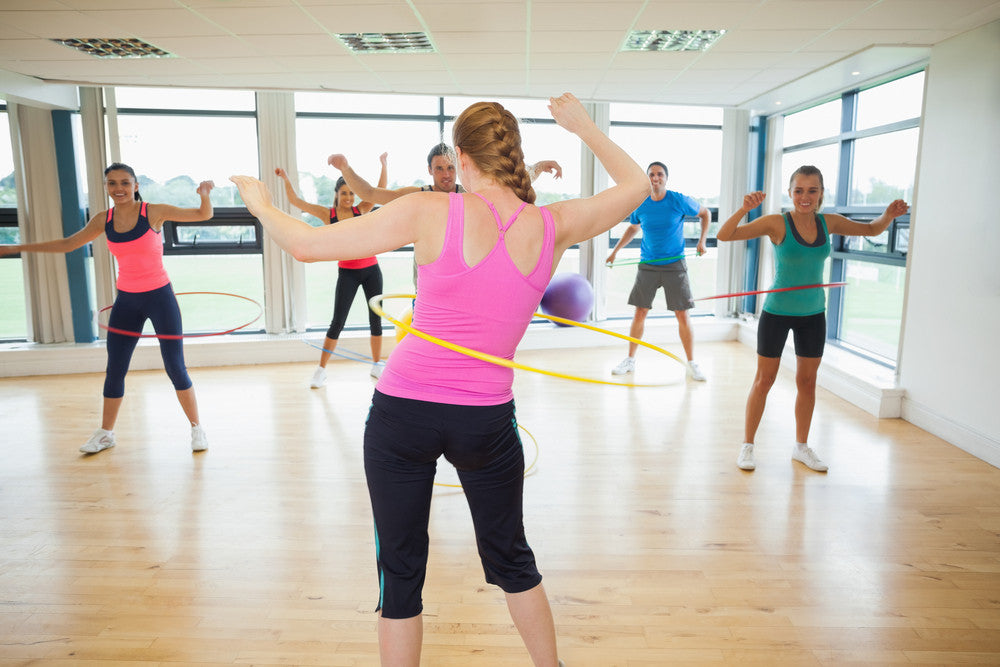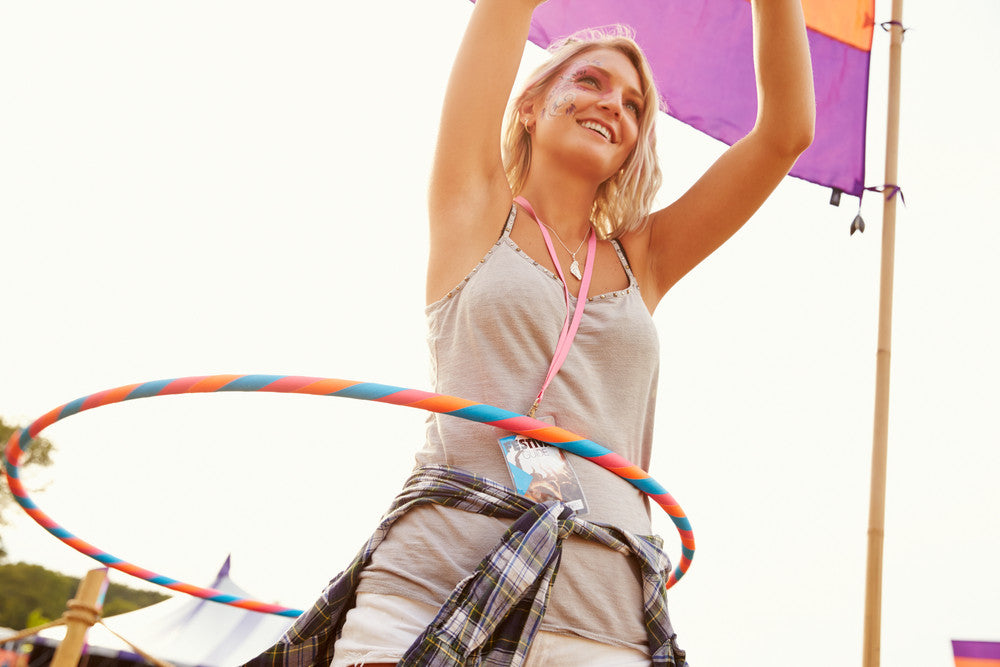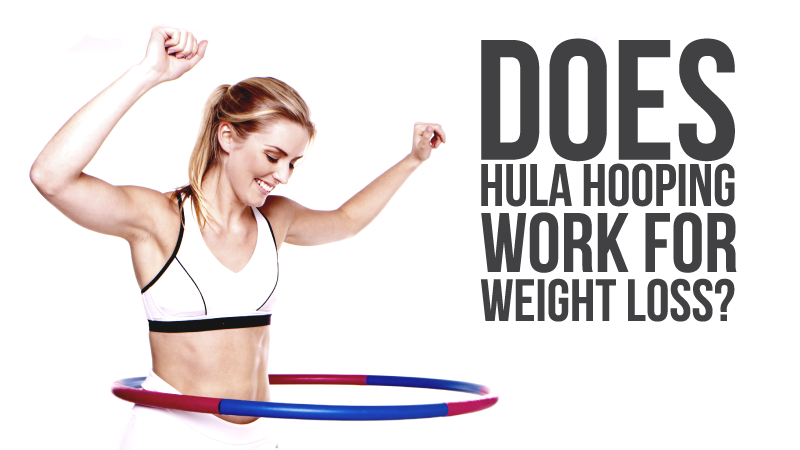Stay In the Hoop

The Evolution of the Fitness Hoop
Hula hooping has become one of the latest fitness trends, and for good reason. It offers a wealth of health benefits that range from working out up to 30 of your body’s muscles and burns more tha...
Read more
The Health Benefits of Hula Hooping
Since their arrival on the scene in the 1950s, hula hoops have long been a fun way to exercise. And with the rise of circus fitness in recent years accompanied by the rising art of hoop and aerial...
Read more
Where To Buy Hula Hoops for Dancing
Hula hoops aren’t just for the waist. Dancing with hoops—or “hooping”—incorporates the arms, legs, neck and anywhere else the hoop can twirl. To add to the crazy coolness, hooping encourages usin...
Read more
8 Hula Hooping Benefits for Busy Moms
Maria Kang made headlines for her “what’s your excuse” fitness proclamation when she posted a photo of her toned body. Kang, a mother of three boys, included arrows in her photo pointing to her st...
Read more
Where to Buy Hula Hoops for Adults That Love to Workout and Travel
Do you find yourself traveling often for work or pleasure? It can become pretty difficult to stay in shape while keeping up with your busy travel schedule, but, fortunately, there are a few thing...
Read more
Is Hula Hooping Good Exercise During Pregnancy?
Staying active and fit during pregnancy is important for both the mama-to-be and her developing little bean. Not only does exercise during pregnancy help to keep weight gain under control, but it ...
Read more
Does Hula Hooping Work for Weight Loss?
Losing weight can help you deal with many health problems such as high blood pressure, cholesterol, and blood sugar. Weight loss can also help improve cardiovascular health as well as bring about...
Read more
The Different Types of Hula Hoops and Where to Find Them
While traditionally hula hoops have been used as children’s toys or for performance, more adults are realizing that hula hoops are not only fun--but an incredible tool for physical fitness. Hula h...
Read more
Lose Weight With a Hula Hoop Workout
Everyone knows that hula hooping is a great workout. After all, it torches an impressive amount of calories and builds muscle throughout your whole body. But what else can you do to lose weight? K...
Read more
Hula Hooping Videos to Inspire You
Okay, so you’ve got your hula hoop, you’ve changed into your workout clothes, and your sneakers are tied on tight. All that’s missing is your motivation. Yikes! How can you get it back? How can yo...
Read more